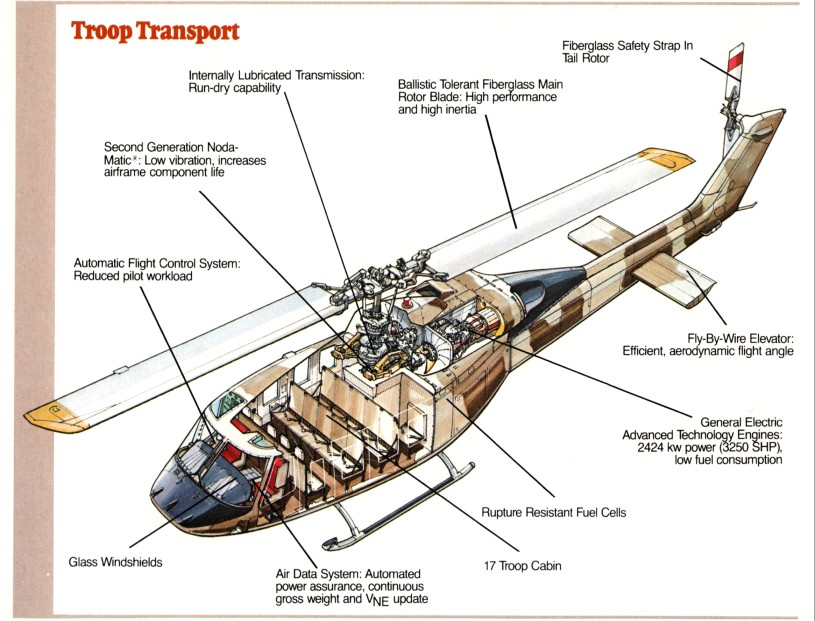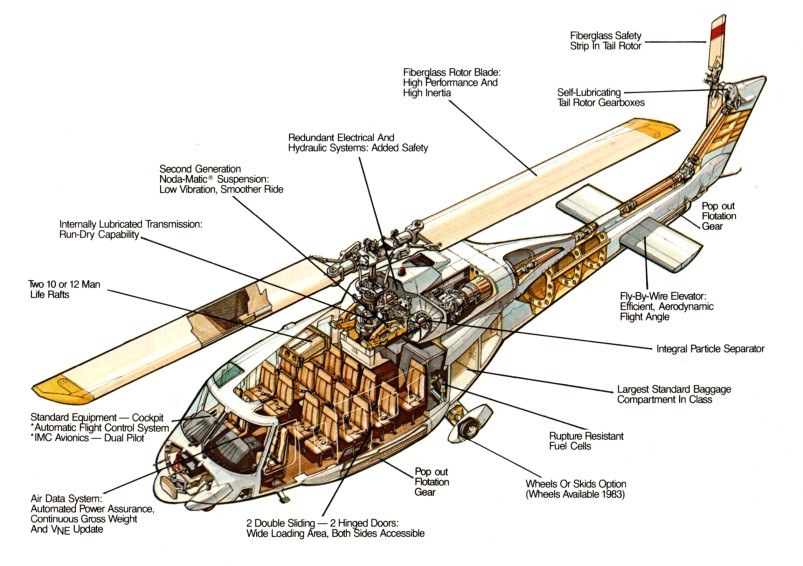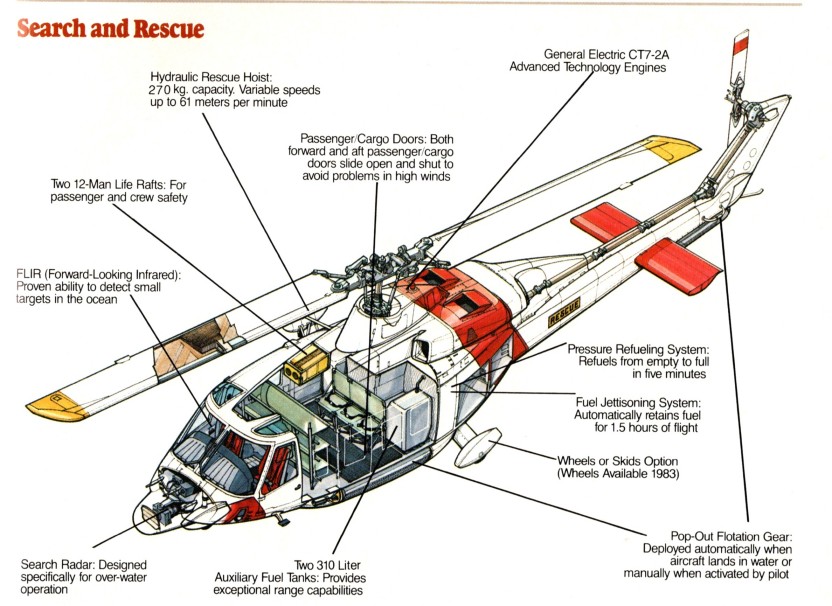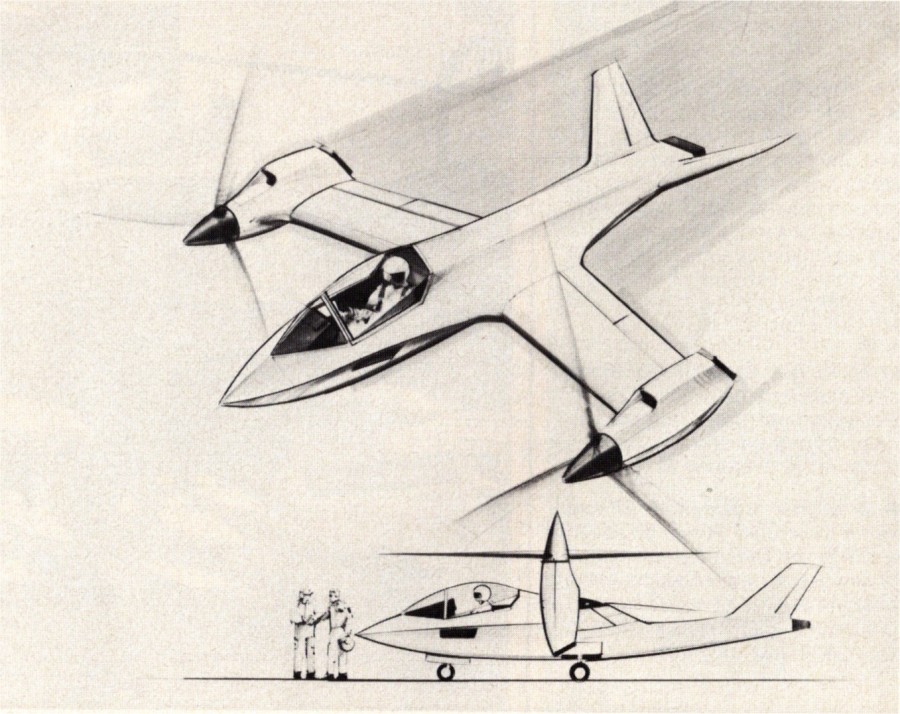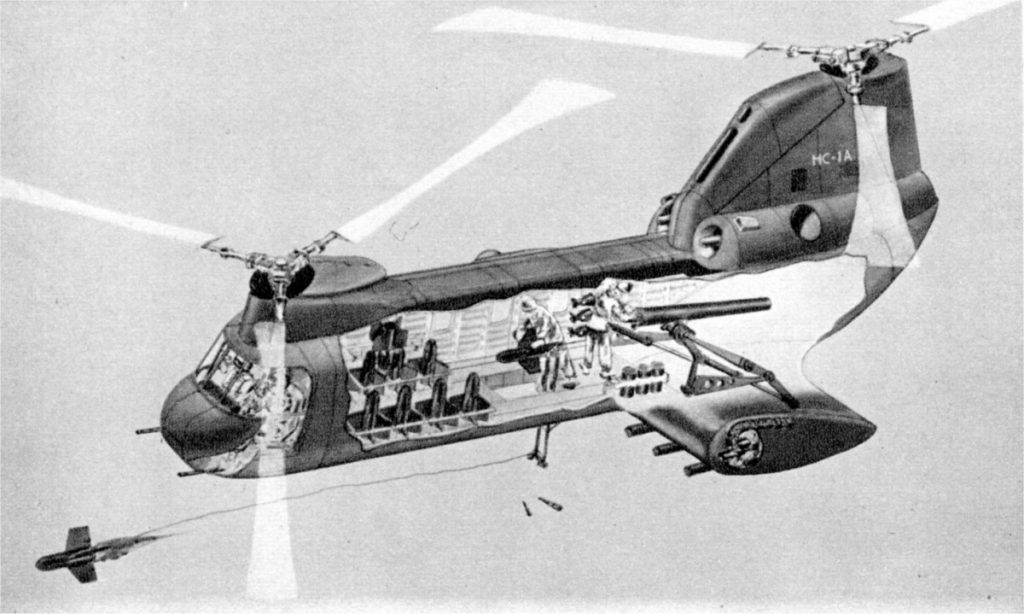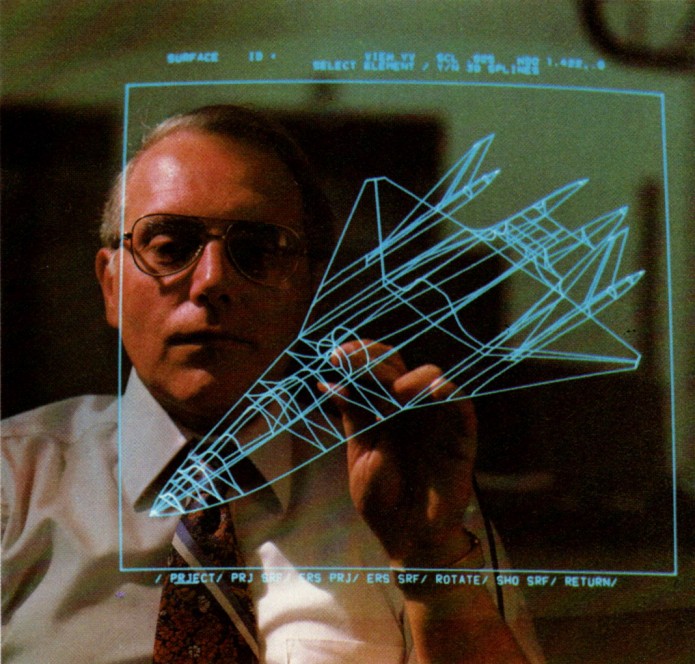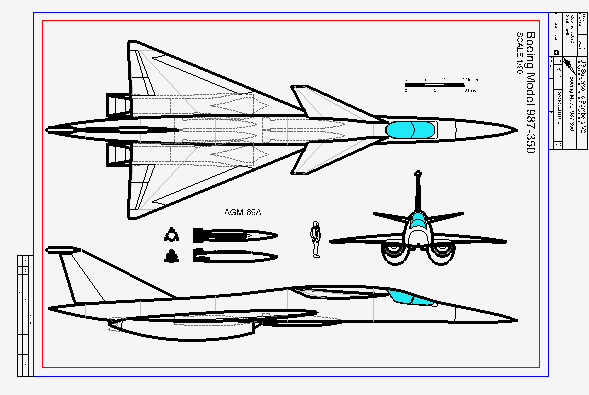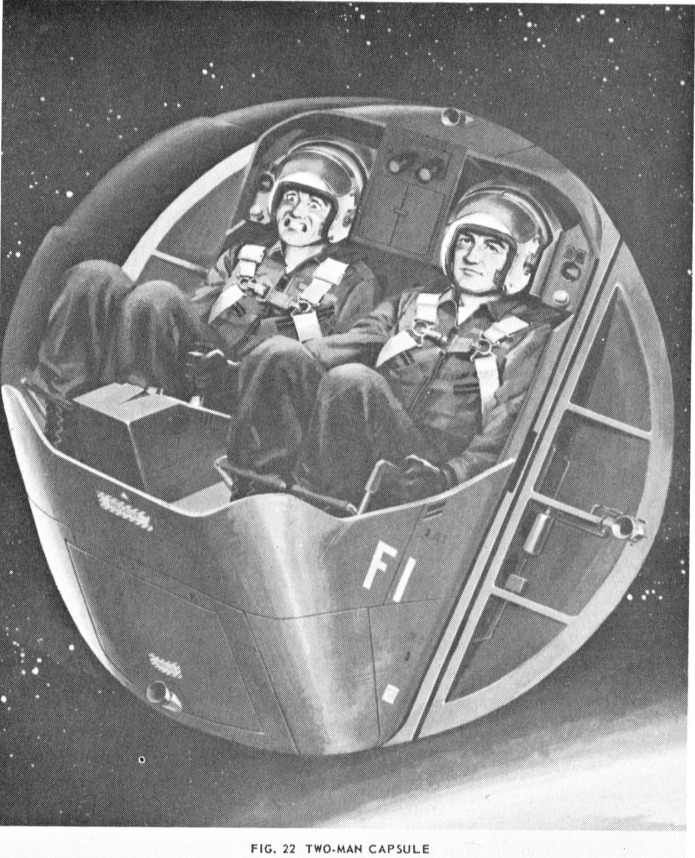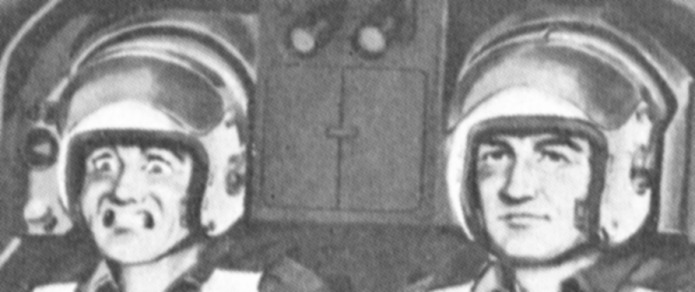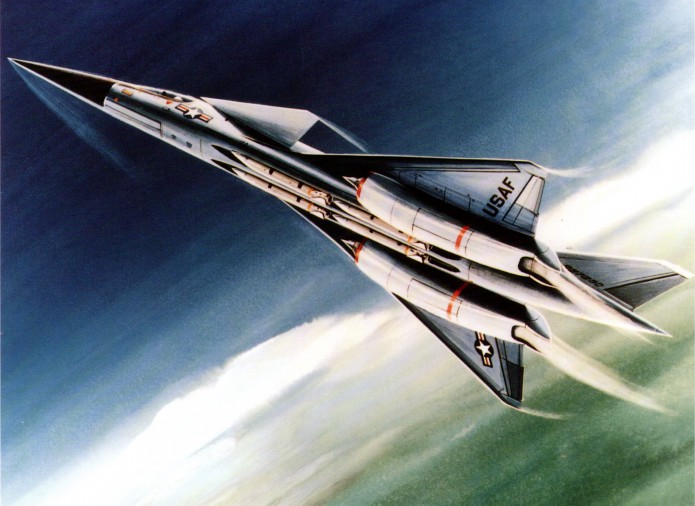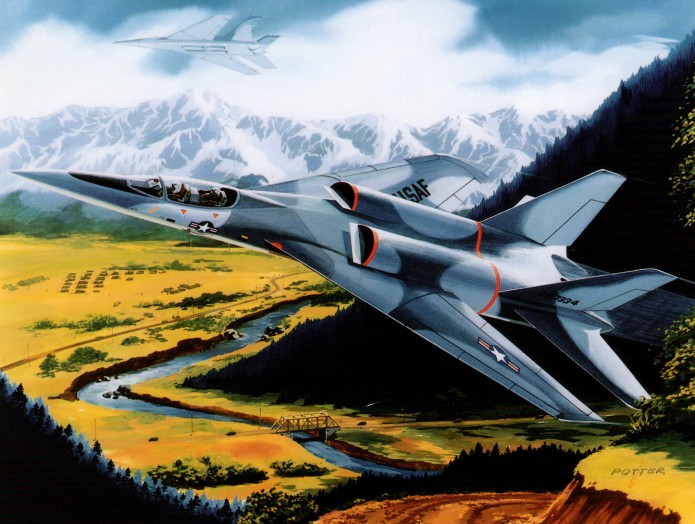The Bell 214ST (“Super Transport”) first flew in 1977. Derived from the Bell 214, itself derived from the UH-1 “Huey,” the 214ST was substantially bigger and more powerful than the original design. Bell had great hopes for the type, but in the end less than one hundred were produced. A not-inconsiderable part of the problem was that the 214ST was designed to be produced in Iran which, at the time, was an American ally; of course, Iran soon fall to forces of the Stupid Age, and that put an end to notions of Bell designs being manufactured in Iran. It was roughly similar to the Sikorsky UH-60 in size and performance. Bell continued to push for customers into the 1990’s (the art below was published in 1982), but production ended in 1992 without any big contracts.
The full rez scans have been uploaded to the 2022-11 APR Extras Dropbox folder for $4 and up Patrons/Subscribers.
